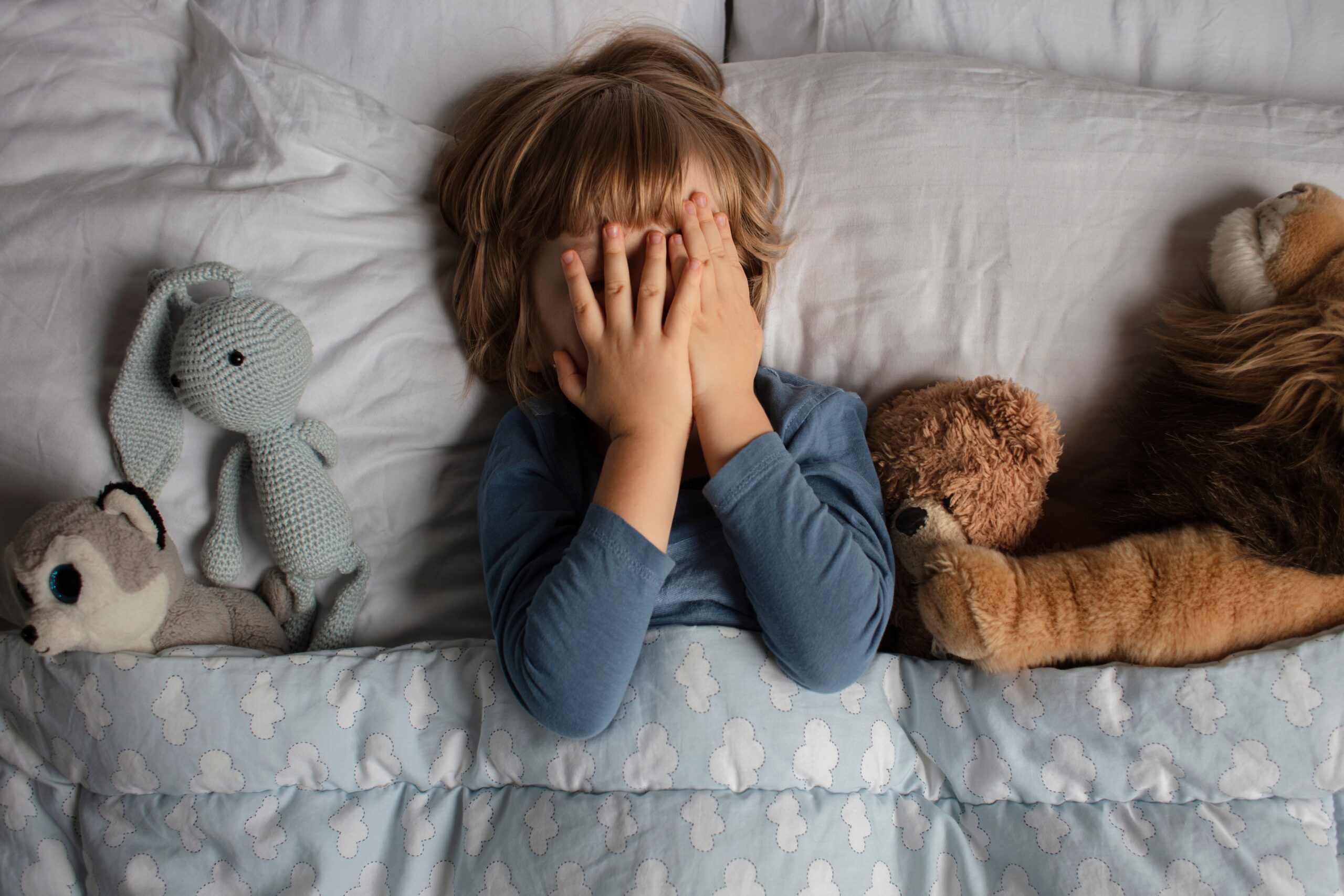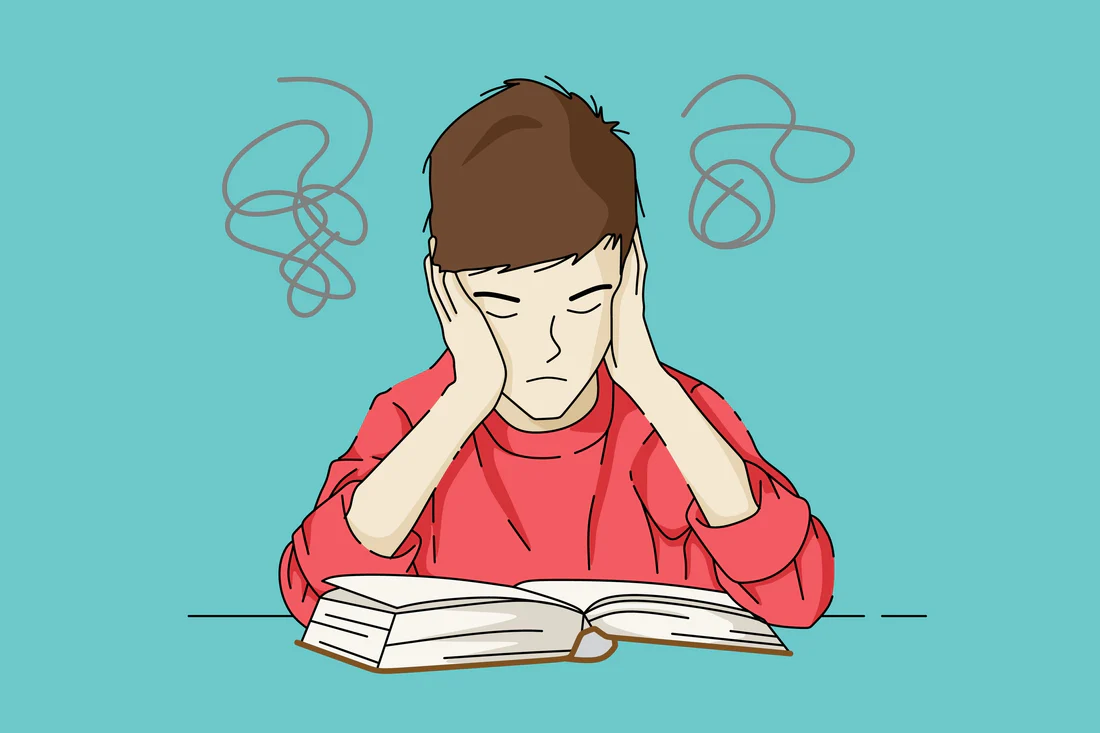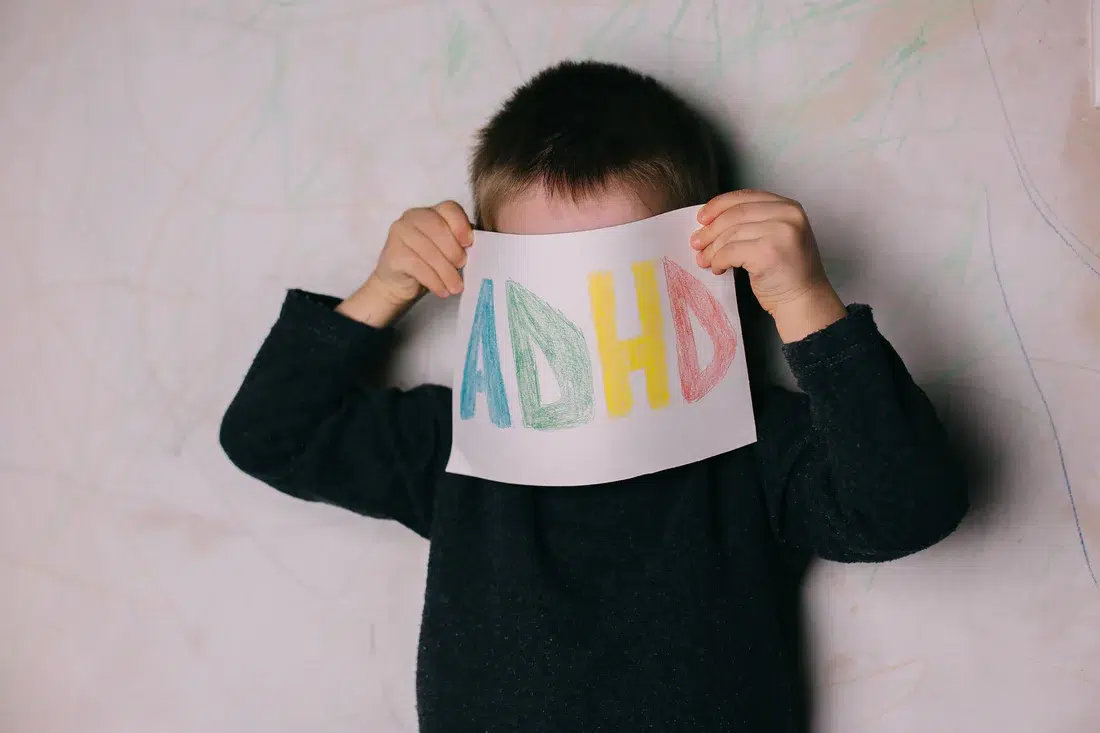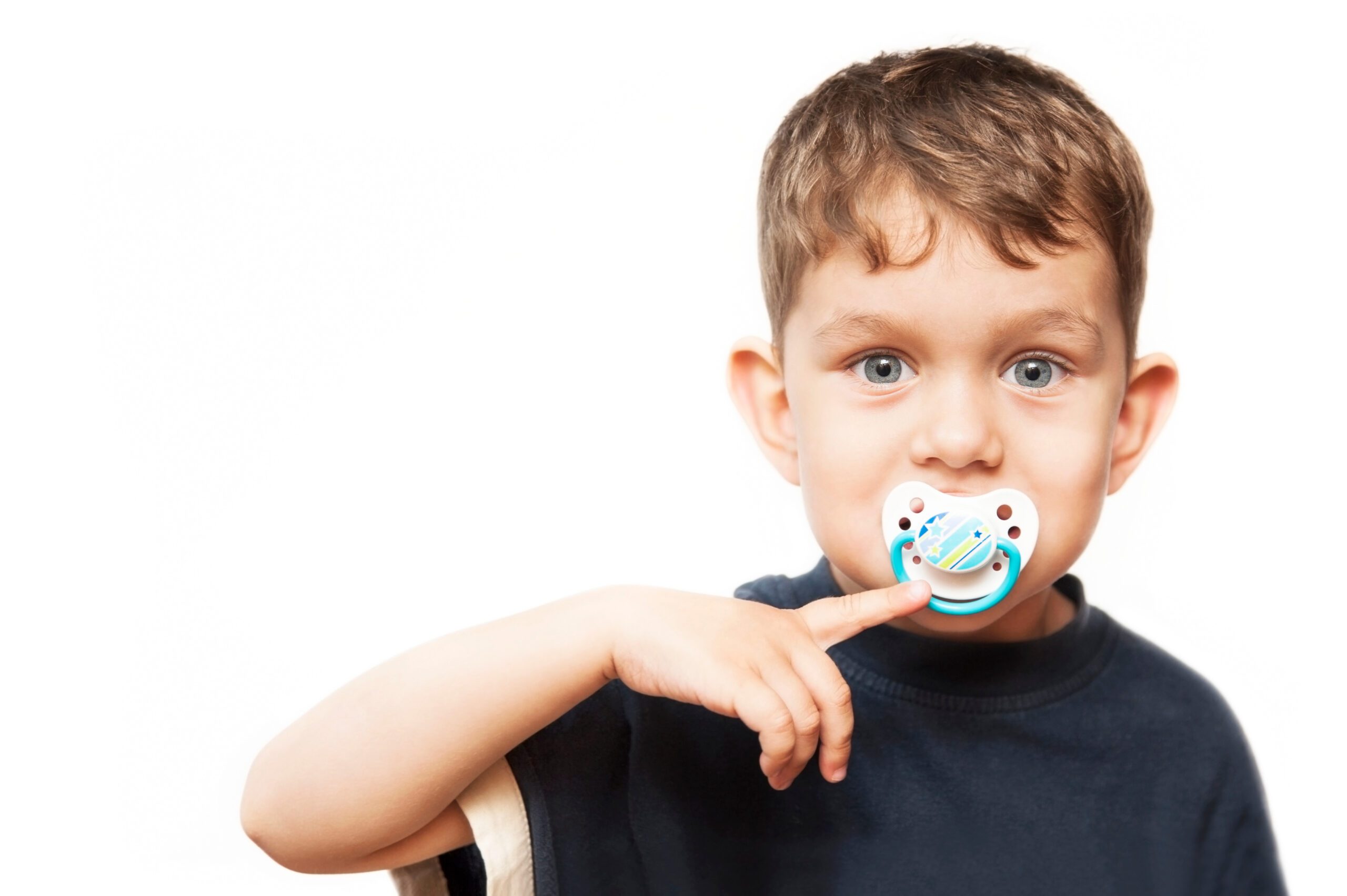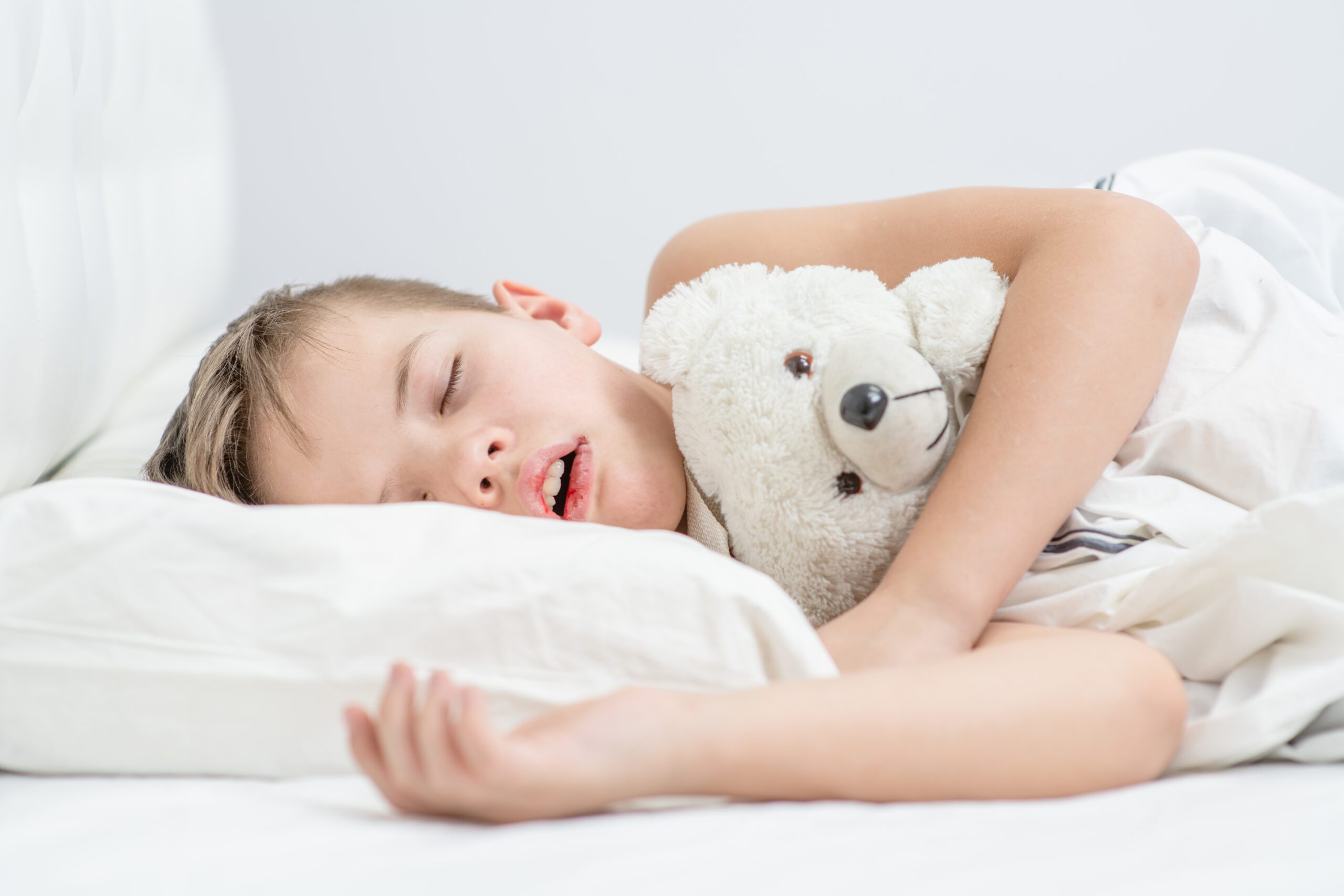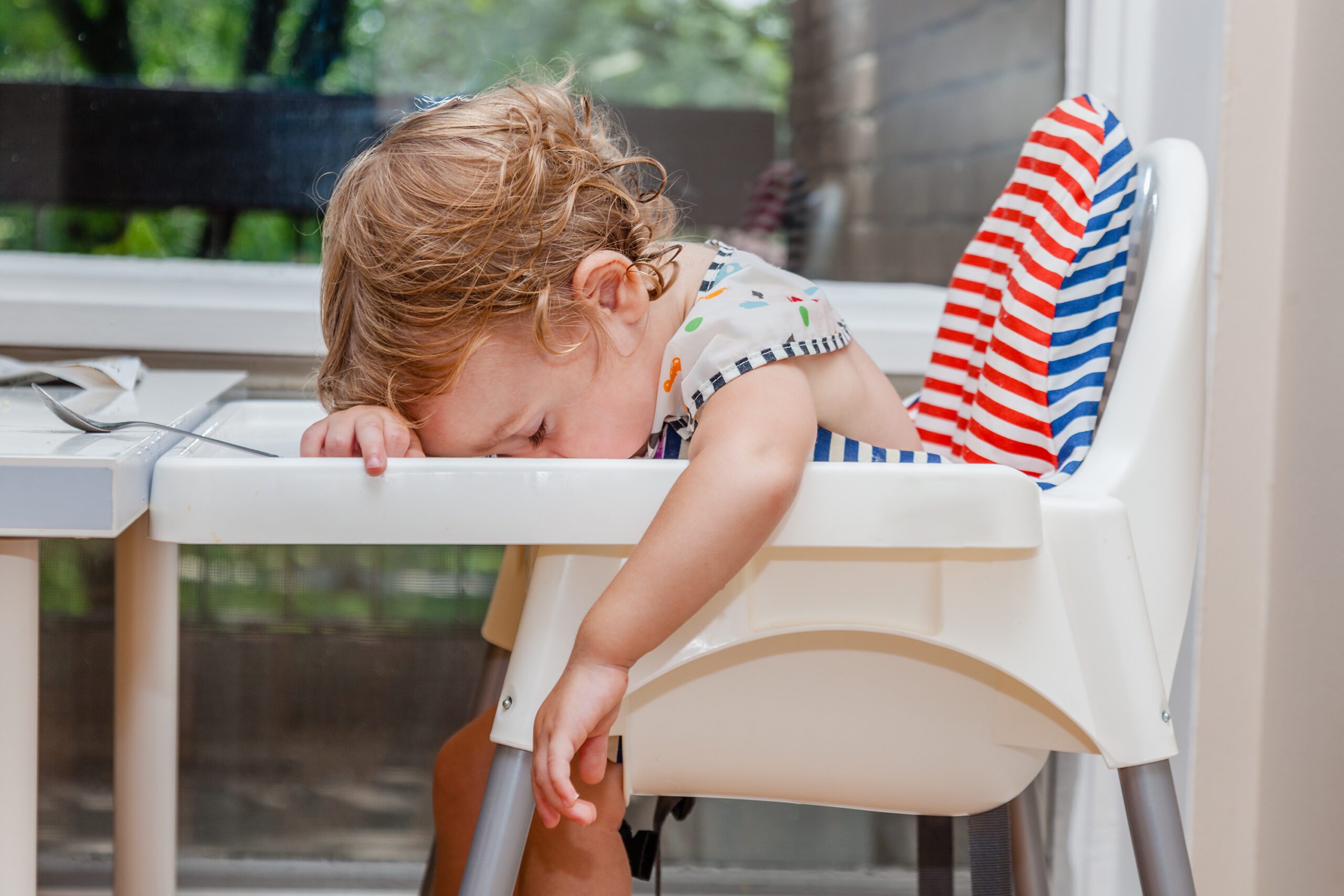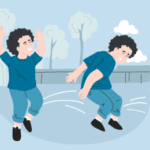
Blog
25 Sensory Activities and Exercises for Kids with Sensory Processing Disorders and ADHD
July 10, 2024
25 Sensory Activities and Exercises for Kids with Sensory Processing Disorders and ADHD
25 Sensory Activities and Exercises for Kids with Sensory Processing Disorder and ADHD
If your child has Sensory Processing Disorder (SPD) or ADHD, you know how challenging it can be to help them stay focused and regulated. Some children will be hypersensitive to multiple senses (including noise, lighting, smells, touch, etc) while others are hypo-sensitive and may find themselves seeking out physical stimulation (this can include rough play, stemming, continuous movement, or continuous touching). Sensory exercises are a great way to engage your child’s senses and improve their ability to process sensory information. In this blog post, we’ll share 25 sensory exercises that can help your child with SPD or ADHD.
What is Sensory Processing Disorder?
Sensory Processing Disorder (SPD) is a condition in which the brain has challenges in receiving and responding to information that comes in through the senses. Children with SPD who may be hypersensitive or hypo-sensitive to sensory input, may find themselves having difficulty with social interactions, can find that they are more inclined to behavioral issues, and have more challenges with daily activities.
The Benefits of Sensory Exercises
Sensory exercises are activities that engage one or more of the senses, including touch, sight, sound, smell, and taste. Other important ways to engage your child include incorporating vestibular balance input as well as proprioceptive body awareness input. Figuring out whether your child’s behavior is sensory-seeking or sensory-avoiding can help you determine which exercise activity to use. These exercises can help children with SPD or ADHD in several ways:
- Improving focus and attention
- Reducing anxiety and stress
- Improving coordination and motor skills
- Enhancing social skills
- Improving sleep quality

Activities for Movement, Balance, & Coordination
- Yoga: Yoga poses can help improve balance, coordination, and body awareness. Create a little family yoga time by providing your child with a mat and having your child go through the yoga poses based on copying you or possibly playing a video! Play calming music if your child would like!
- Gymnastics: Rope swings or balance beams help with coordination and motor skill development. This also allows your child to improve their overall focus.
- Trampoline Jumping: Jumping on a trampoline can provide intense sensory input and help regulate the nervous system, especially at times when your child feels unregulated.
- Hammock Swinging: This can also include a sensory swing. Swinging in a hammock or something similar can provide vestibular input, helps with balance/coordination, and promotes relaxation. The rhythmic pattern of swinging generally helps children calm.
Activities for Sensory Integration
- Play-Doh or Putty: Squishing and molding Play-Doh or putty can provide calming sensory input. You can also be creative with this and add in beads or buttons so your child has the opportunity to find the items and pull them out of the play-doh. If your child prefers, you can even put in some essential oils to engage the sense of smell!
- Finger Painting: Finger painting is a great way to engage the sense of touch and encourage creativity. You can create your own DIY finger painting at home with shaving cream if you would like. You can use this activity if your child indicates sensory-seeking behavior. If your child doesn’t like the sensation of using their fingers, use a paint brush set, piece of foam, or half of a piece of fruit to incorporate smell – you can be creative with this!
- Sensory Bins: Fill a bin with rice, beans, or sand and hide small toys inside for your child to find. Here is an example of a sensory construction zone sensory bin. You can also create bins of different sensory toys consisting of different textures such as squishy objects, stress balls, poppers, switches, different fabrics, stretchy tubes, stretchy sensory strings, and anything else you can find.
- Sensory Bottles: Fill a clear bottle with water, glitter, and small objects to create a calming sensory bottle.
- Stress Balls: Squeezing stress balls can provide tactile sensory input and reduce anxiety.
- Sensory Brushing: Using a soft brush to provide gentle tactile input can be calming and regulating.
- Bubble Wrap: Popping bubble wrap can provide auditory and tactile sensory input.
- Textured Balls: Textured balls can provide tactile sensory input and improve hand strength.

Fun Family Time Activities for Children with Sensory Processing Disorders
- Obstacle Courses: Set up an obstacle course in your backyard or living room to encourage movement and coordination. You can use a variety of furniture to promote crawling, jumping, skipping, lifting, rolling, balancing, etc. To make it fun, you can even use a visual timer, stepping stones, or balance pods!
- Sensory Walk: Take a walk outdoors and encourage your child to notice different textures, sounds, and smells.
- Scavenger Hunts: Set up a scavenger hunt to encourage movement and problem-solving skills. You can change the object of the game with asking your child to find items that are soft or maybe based on color? You can make this into a fun learning experience where your child can then describe what they have found!
- Pillow Fights: You can be creative with pillow cases – use them for pillow fights or have a sack race! If your child loves this, try a body sack for sensory feedback.
- Dance Party: Have your child pick the music genre. This allows for creativity in movement. You can implement dancing while imitating an animal if you would like, adding a fun additional element. Dance parties encourage movement which helps provide vestibular and proprioceptive input.
- Cooking: You can either cook with supervision to make a delicious meal for the family or use it for play. For example, mix flour, water, and salt to make a dough that your child can then knead, roll, and cut to make “cookies”!
- Massage Day: Create a spa experience for your child with foot massages using textures or focus on providing different pressures to their arms, legs, and back. This helps foster body awareness but also fills your child with love if their love language is physical touch or even quality time! Gentle massage can provide calming sensory input and reduce anxiety.

Other Activities for Children with Sensory Processing Disorders
- Weighted Blankets: Weighted minky blankets can provide calming sensory input and improve sleep quality.
- Imitate Animals: Crawl like a spider or crap, act like a dinosaur, jump like a kangaroo, or slither like a snake! So many options!
- Soundtracks/Listening to Music: Listen to calming soundtracks, such as nature sounds or white noise, to provide auditory sensory input. Listening to calming music can provide auditory sensory input and reduce anxiety.
- Chewing Gum: Chewing gum can provide oral sensory input and improve focus.
- Puzzles: Puzzles can improve fine motor skills and provide visual sensory input.
- Blowing Bubbles: Blowing bubbles can provide oral sensory input and encourage deep breathing.
Incorporating Sensory Exercises into Your Child’s Routine
Incorporating sensory exercises and activities into your child’s daily routine can help them stay regulated and focused throughout the day. Try to include a few sensory exercises and activities in the morning, after school, and before bedtime. You can also use sensory exercises as a way to take breaks during challenging activities or transitions. A fun way to make this a daily practice is creating a board that has several categories on it and your child can choose whether they prefer quiet time in a sensory corner, movement (have several activity options available), or an activity (such as cooking or doing an art project).
It’s important to remember that every child is different, and what works for one child may not work for another. Be patient and experiment with different sensory exercises until you find what works best for your child.
Sensory exercises are a powerful tool for helping children with SPD and ADHD stay focused, regulated, and engaged. By incorporating these 25 sensory exercises into your child’s daily routine, you can help them improve their sensory processing, reduce anxiety and stress, and enhance their overall well-being. Remember to be patient, creative, and open to trying new things as you explore the world of sensory exercises with your child.





































